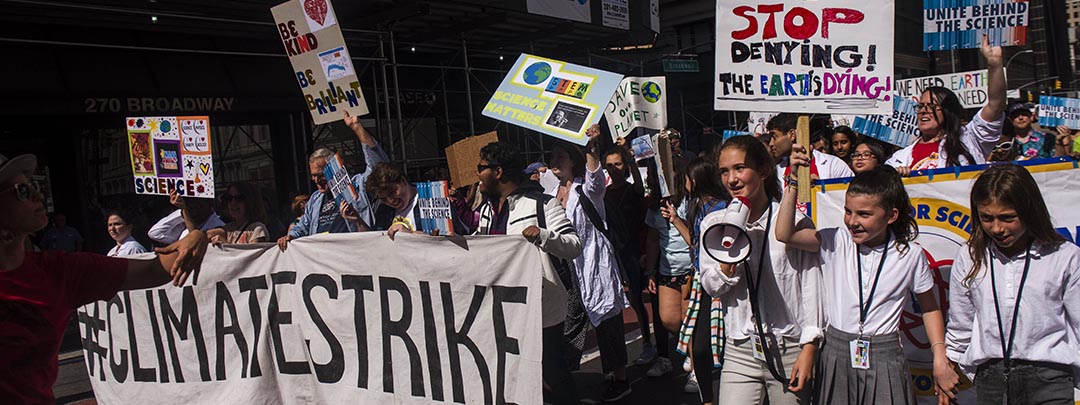Ideas for How to Break Gender Barriers in Colombia's Water Sector
Aug 28, 2020
|
Karen Navarro
View Original
The relationship between water and women does not come only from mythology. Since ancestral times, women have been responsible for managing water in communities, particularly for daily household activities such as cooking or washing clothes. In Colombia, for example, Wayuu women (the Wayuu are an indigenous people from the La Guajira department) often walk up to 10 kilometers a day to bring water to their families. The situation is similar in other countries of the world, where women have learned to allocate this resource very well for their domestic activities, taking into account the difficulties of access.
But if women and water are closely linked, why are there so few women working in the water sector?
The World Bank’s global study Women in Water Utilities: Breaking Barriers, part of the Equal Aqua initiative, indicates that globally only 18 percent of public utility workers surveyed are women. In Colombia, although there are no in-depth studies on the subject, a recent survey of various companies, which are now part of the Equal Aqua global database, found this figure to be around 20 percent. It would be useful to do a more detailed study that would provide more clarity on the situation in the country.
